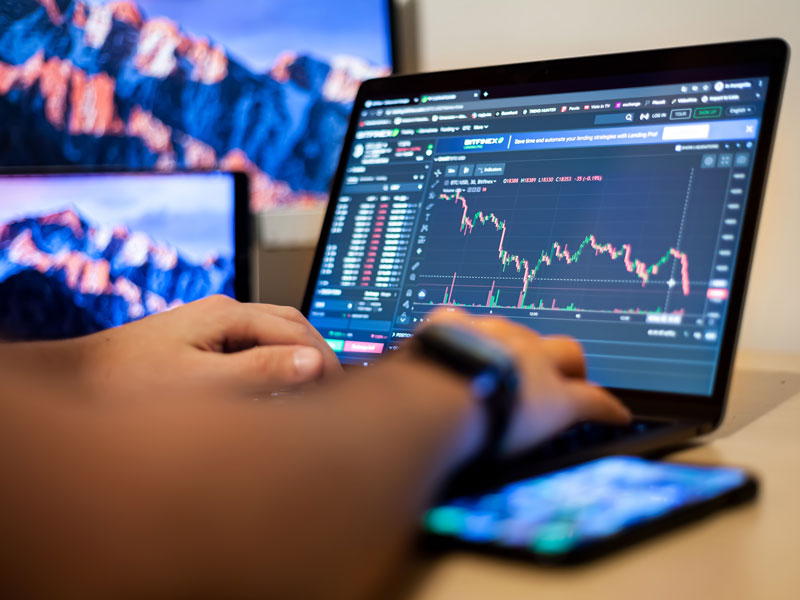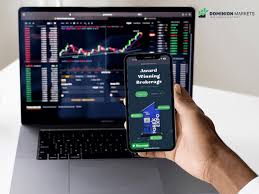Comprehensive Guide to Forex Trading Training for Success

Unlocking the Secrets of Forex Trading: A Comprehensive Training Guide
Forex trading has garnered significant attention in recent years, with countless individuals seeking ways to maximize their income through currency trading. Understanding the intricacies of the forex market is essential for success. This guide will provide you with a comprehensive training program, strategies, and resources, including forex trading training Brokers Argentina, to set you on the path to becoming a proficient forex trader.
Understanding the Basics of Forex Trading
Forex, or foreign exchange, refers to the global marketplace for trading national currencies against one another. The forex market operates 24 hours a day, five days a week, making it one of the most accessible financial markets in the world.
Key Terminologies
- Currency Pair: In forex, currencies are traded in pairs (e.g., EUR/USD), where the first currency is the base currency and the second is the quote currency.
- Spread: The difference between the bid and ask price of a currency pair.
- Leverage: The use of borrowed funds to increase trading positions.
- Lot: This refers to the size of the trade, where one standard lot equals 100,000 units of the base currency.
Choosing the Right Forex Training Program
When venturing into forex trading, the importance of quality training cannot be overstated. Here are some tips to help you select the right training program:
1. Evaluate Instructor Credentials
Ensure that the instructor has substantial experience in forex trading and is knowledgeable about the market. Look for instructors who offer their own successful trading experiences and can provide real-world examples.
2. Curriculum and Resources
A well-structured curriculum covering all aspects of forex trading—from basic concepts to advanced strategies—is vital. Additionally, access to trading tools, charts, and market analysis resources can significantly enhance your learning experience.
3. Community and Support
Choose a training program that offers community support where you can connect with fellow traders. Forums, chatrooms, or live webinars can be valuable resources for exchanging ideas and strategies.
Developing Effective Trading Strategies

Once you have grasped the basics of forex trading and completed your training, it’s time to develop your trading strategies. Here are several widely recognized strategies:
1. Trend Following
This strategy involves identifying and following the prevailing market trends. You can use technical indicators like moving averages to help spot trends and decide when to enter or exit a trade.
2. Range Trading
Range trading operates on the premise that currency pairs will trade within specific price levels. Traders identify support and resistance levels to make buy/sell decisions based on price rebounds within the established range.
3. Breakout Trading
Breakout trading focuses on capitalizing on significant price movements beyond established support or resistance. Traders will often place buy or sell orders when a price breaks these levels, anticipating that it will continue in that direction.
Risk Management in Forex Trading
One of the critical aspects of successful trading is risk management. Implementing effective strategies can protect your capital and ensure long-term profitability. Consider these key points:
1. Use Stop-Loss Orders
A stop-loss order automatically closes your trade when it reaches a predetermined loss level, helping you limit potential losses and manage your risk effectively.
2. Never Risk More Than You Can Afford to Lose
It’s crucial to only risk a small percentage of your trading capital on any single trade. Many successful traders recommend risking no more than 1-2% of your total account balance per trade.
3. Diversification
Diversifying your trading portfolio by trading multiple currency pairs can reduce risk. By aiming for a well-balanced portfolio, you avoid putting all your capital into a single asset, thereby lowering potential losses.
Utilizing Trading Tools and Resources

Various trading tools and resources can aid in your forex training and trading process:
1. Trading Platforms
Utilize a reputable trading platform that offers real-time data, advanced charting tools, and user-friendly interfaces. Platforms like MetaTrader 4 and 5 are popular among traders for their versatility.
2. Economic Calendar
An economic calendar allows you to keep track of important economic events that may impact currency values. Understanding these events can help you make informed trading decisions.
3. Market Analysis Tools
Employ technical and fundamental analysis tools to identify trade setups. Fundamental analysis involves examining economic indicators, while technical analysis focuses on price charts and patterns.
Continuous Learning and Adaptability
The forex market is constantly evolving, and successful traders adapt to its changes. Engaging in continuous education is critical for long-term success. Consider the following methods:
1. Read Books and Articles
Numerous books and articles delve into forex trading strategies, psychology, and risk management. Expanding your knowledge base can enhance your trading skills.
2. Attend Workshops and Seminars
Participating in trading workshops and seminars can provide practical insights and networking opportunities with experienced traders.
3. Practice with a Demo Account
Before trading with real money, practice your strategies using a demo account. This allows you to gain experience and build confidence without risking your capital.
Conclusion
Forex trading can be a rewarding endeavor, but it requires dedication, training, and a commitment to continuous improvement. By following a structured training approach, developing effective strategies, and implementing sound risk management practices, you can position yourself for success in the forex market. Remember that every trader’s journey is unique; stay patient and disciplined, and you will reap the rewards of your efforts.




Bir yanıt yazın